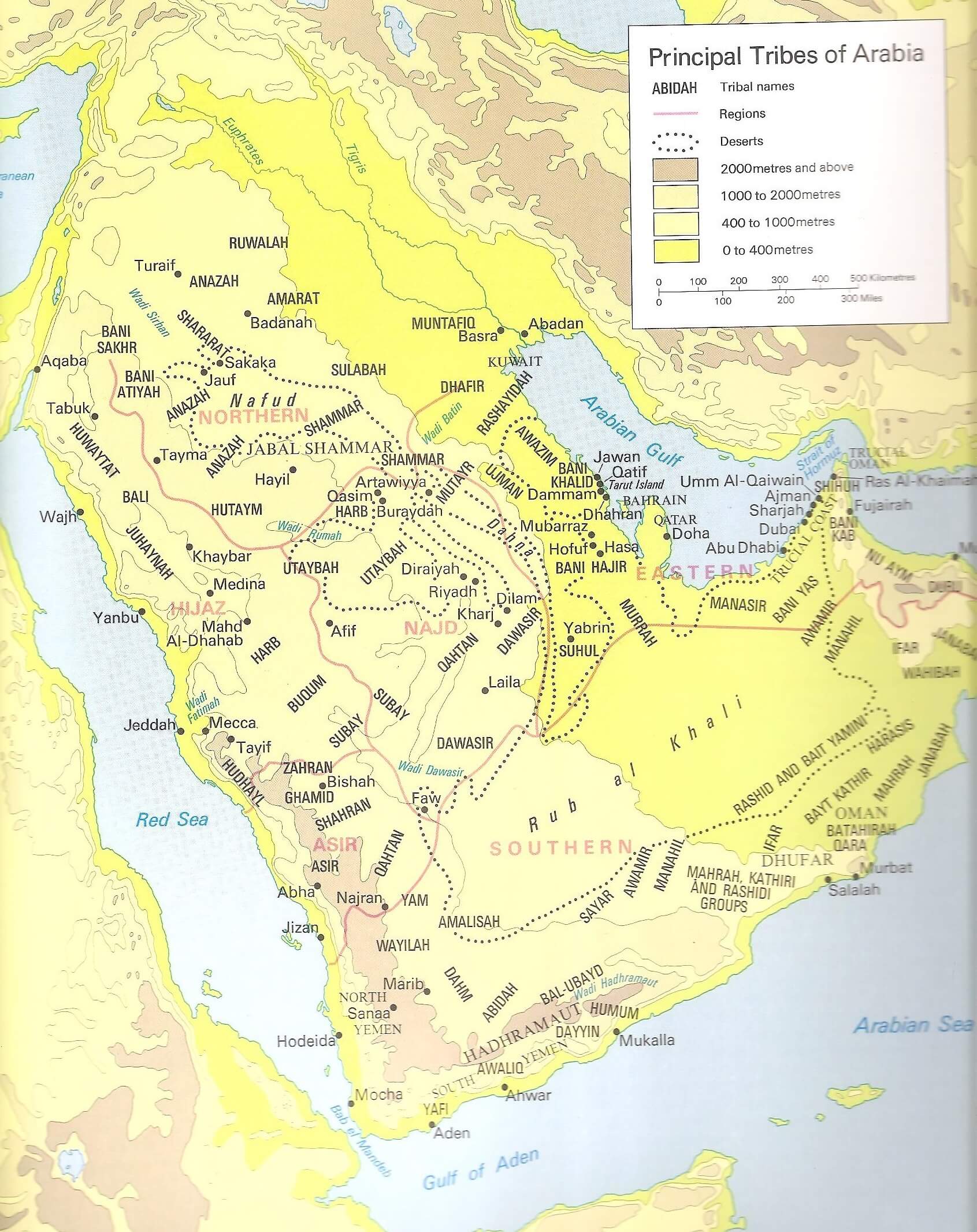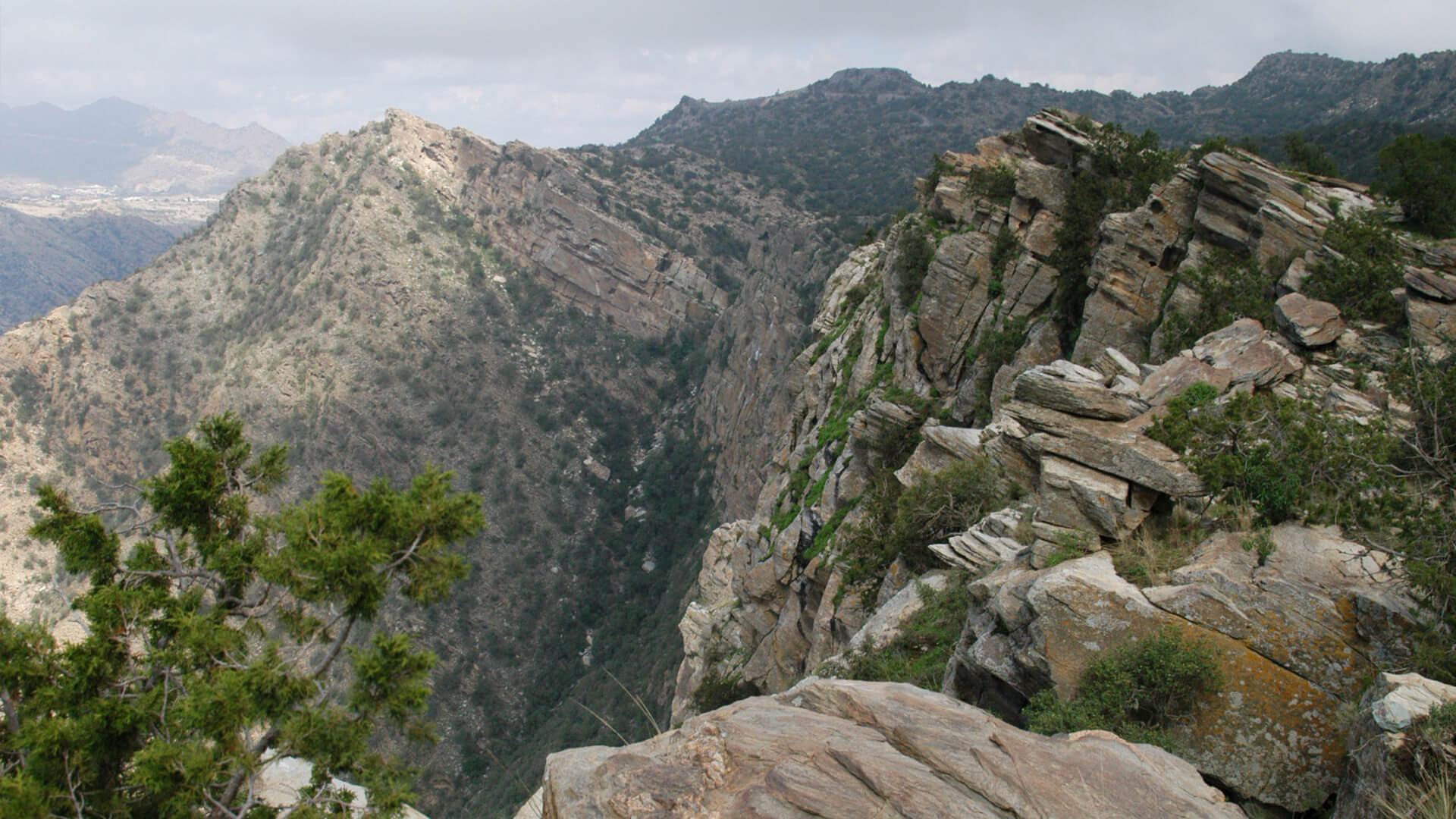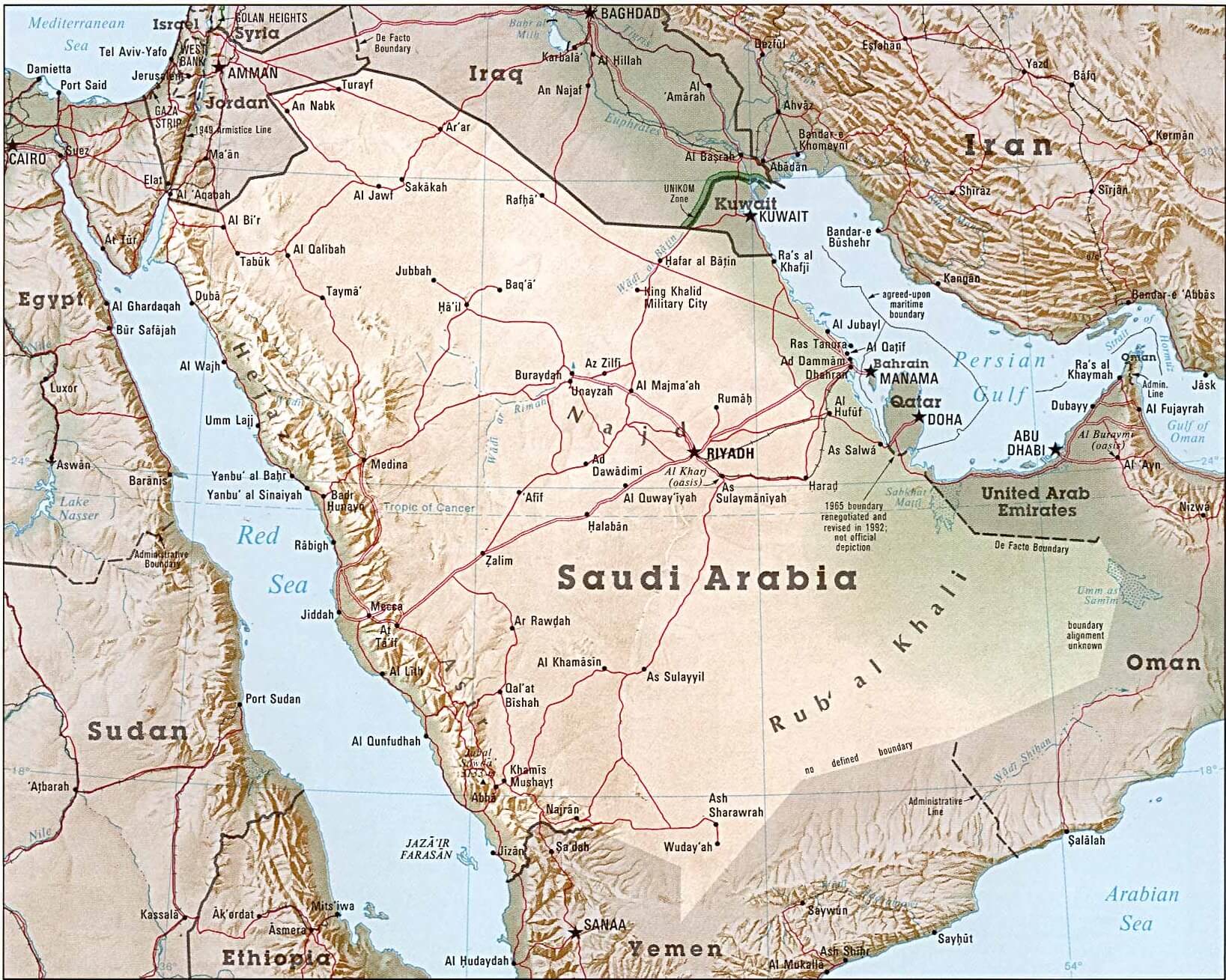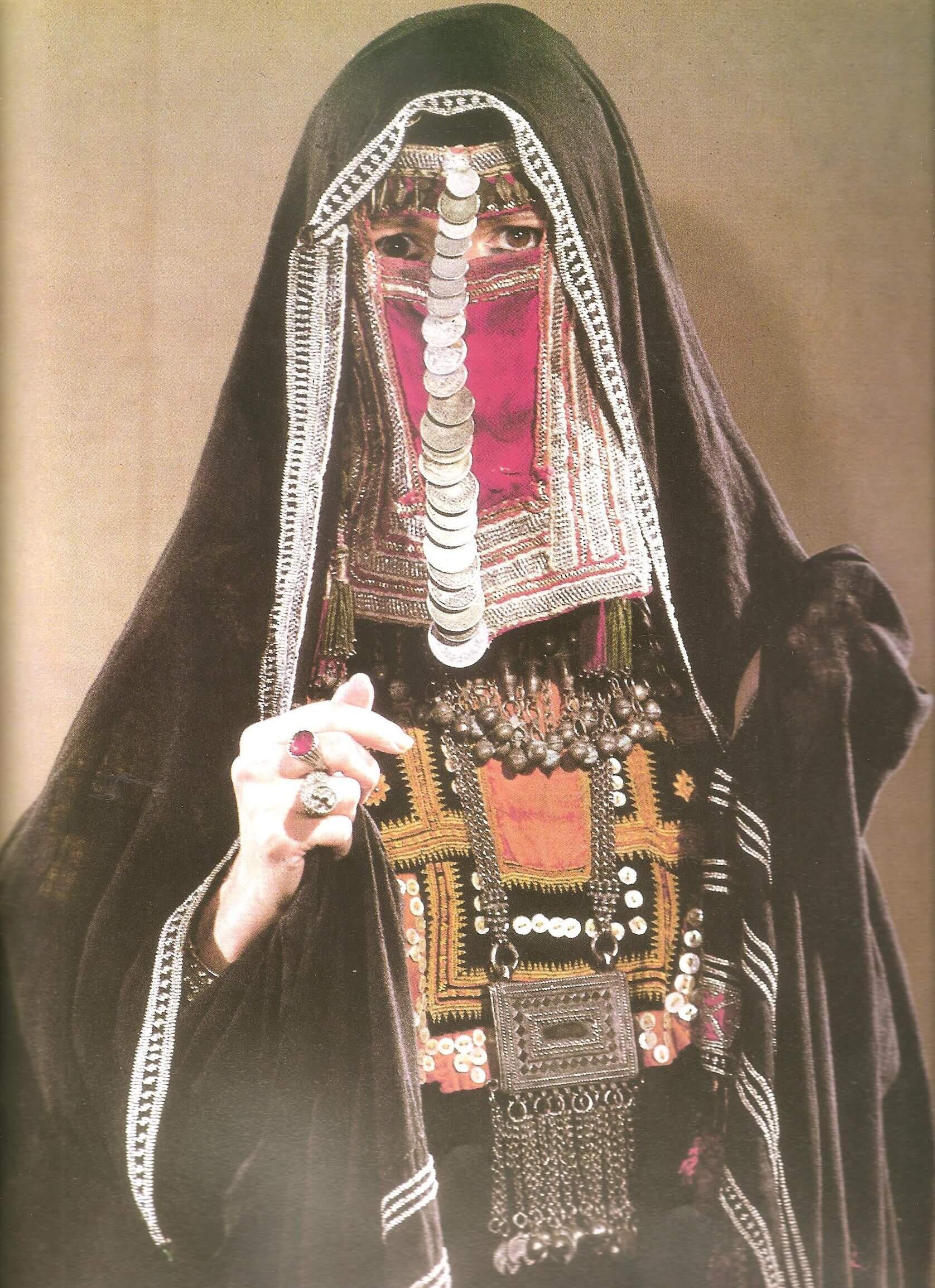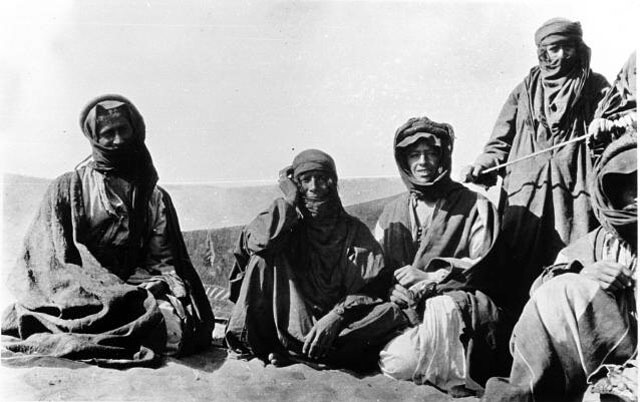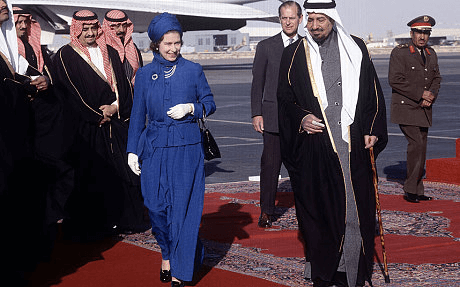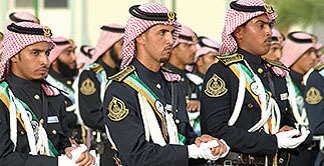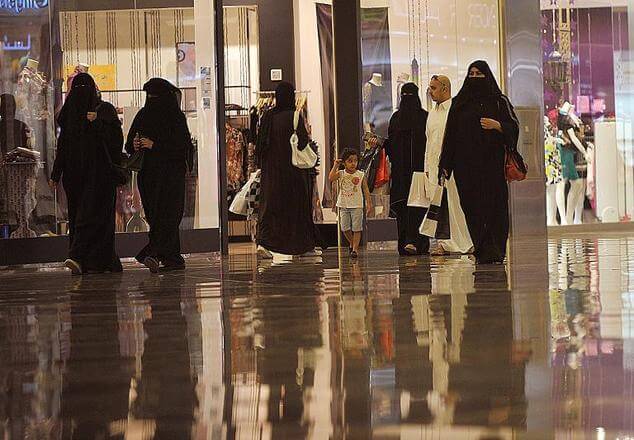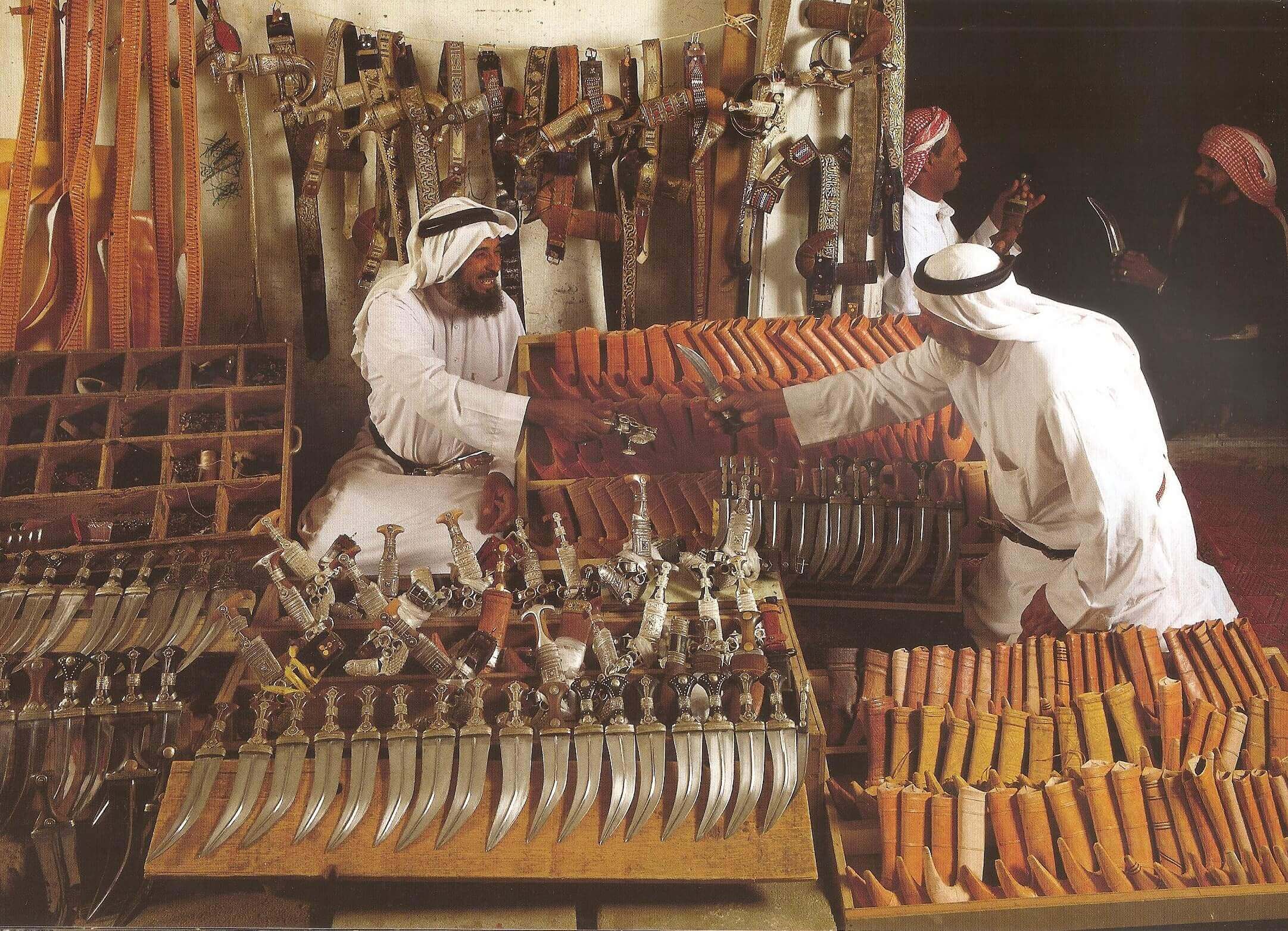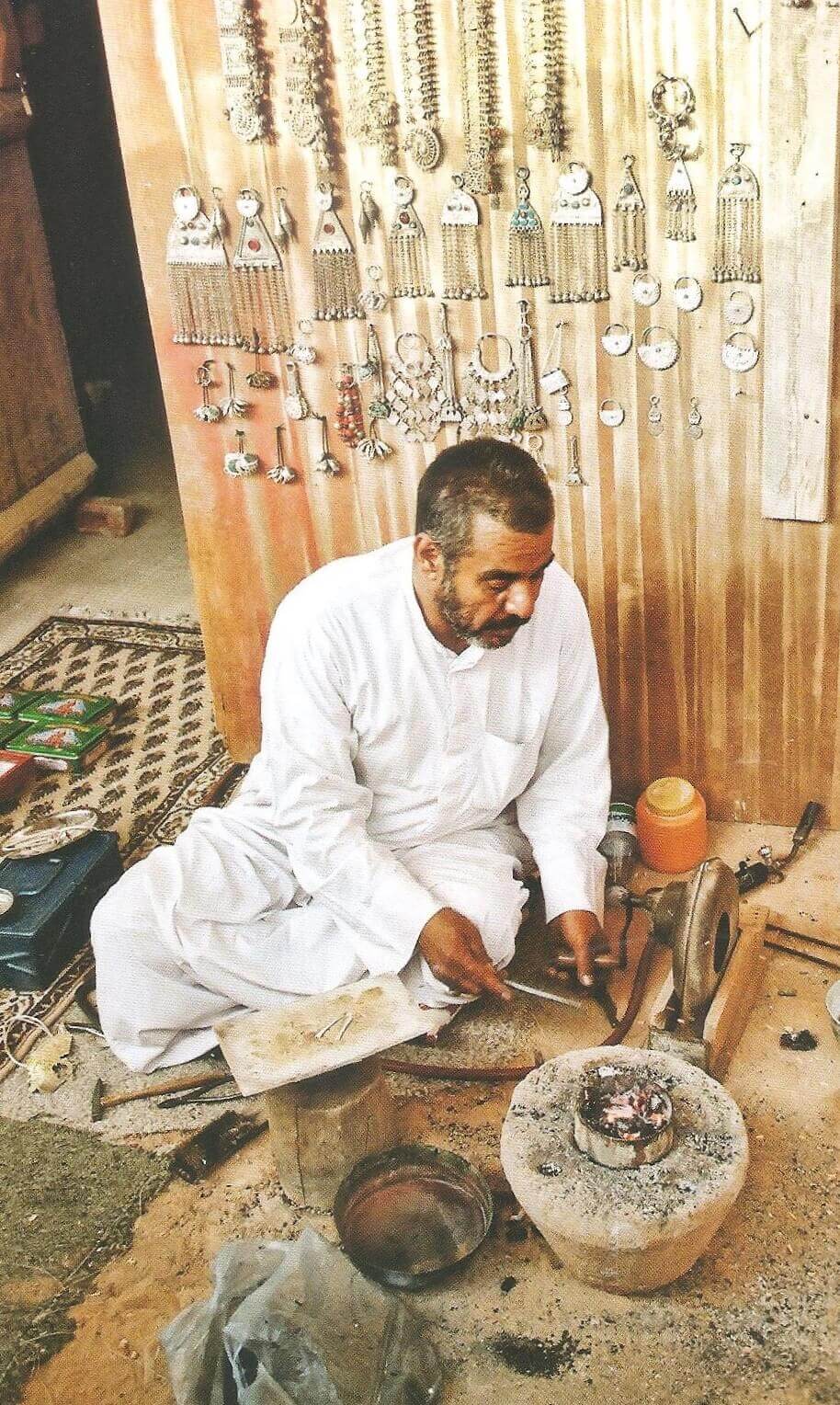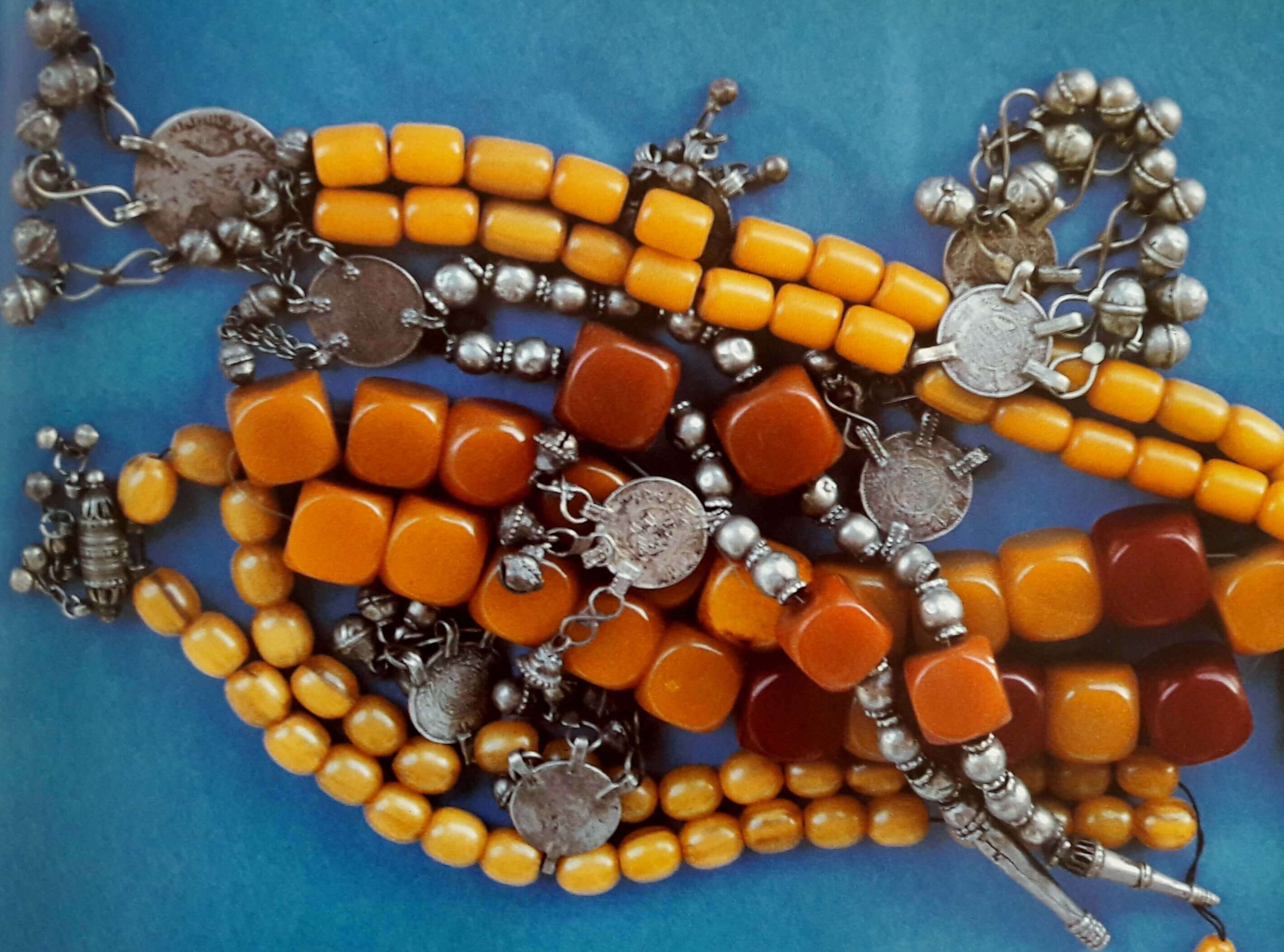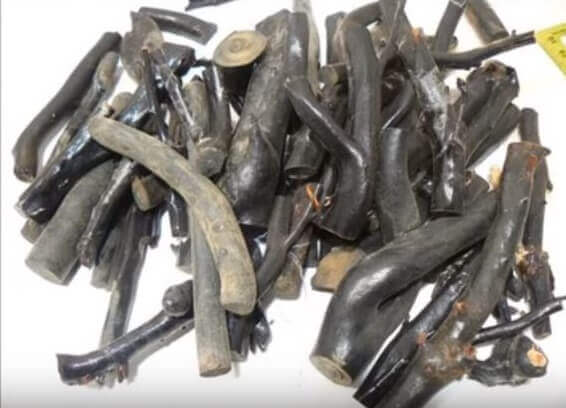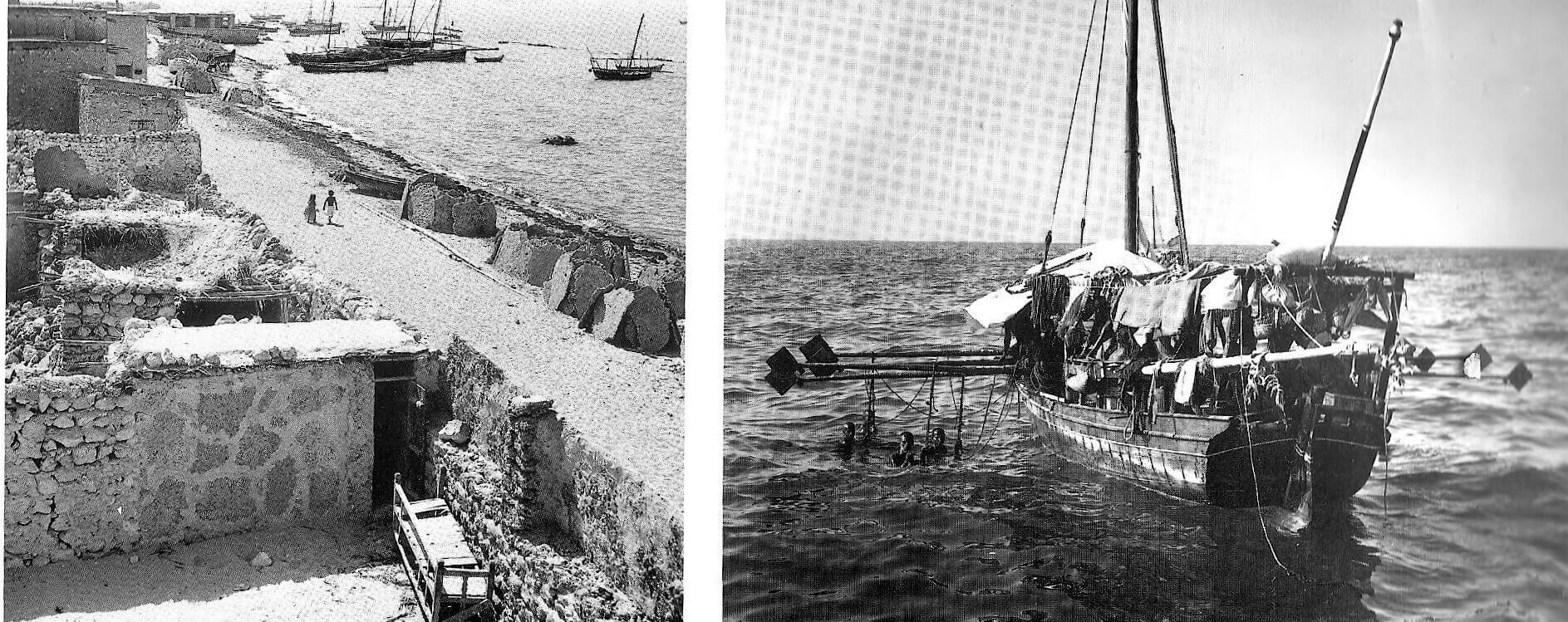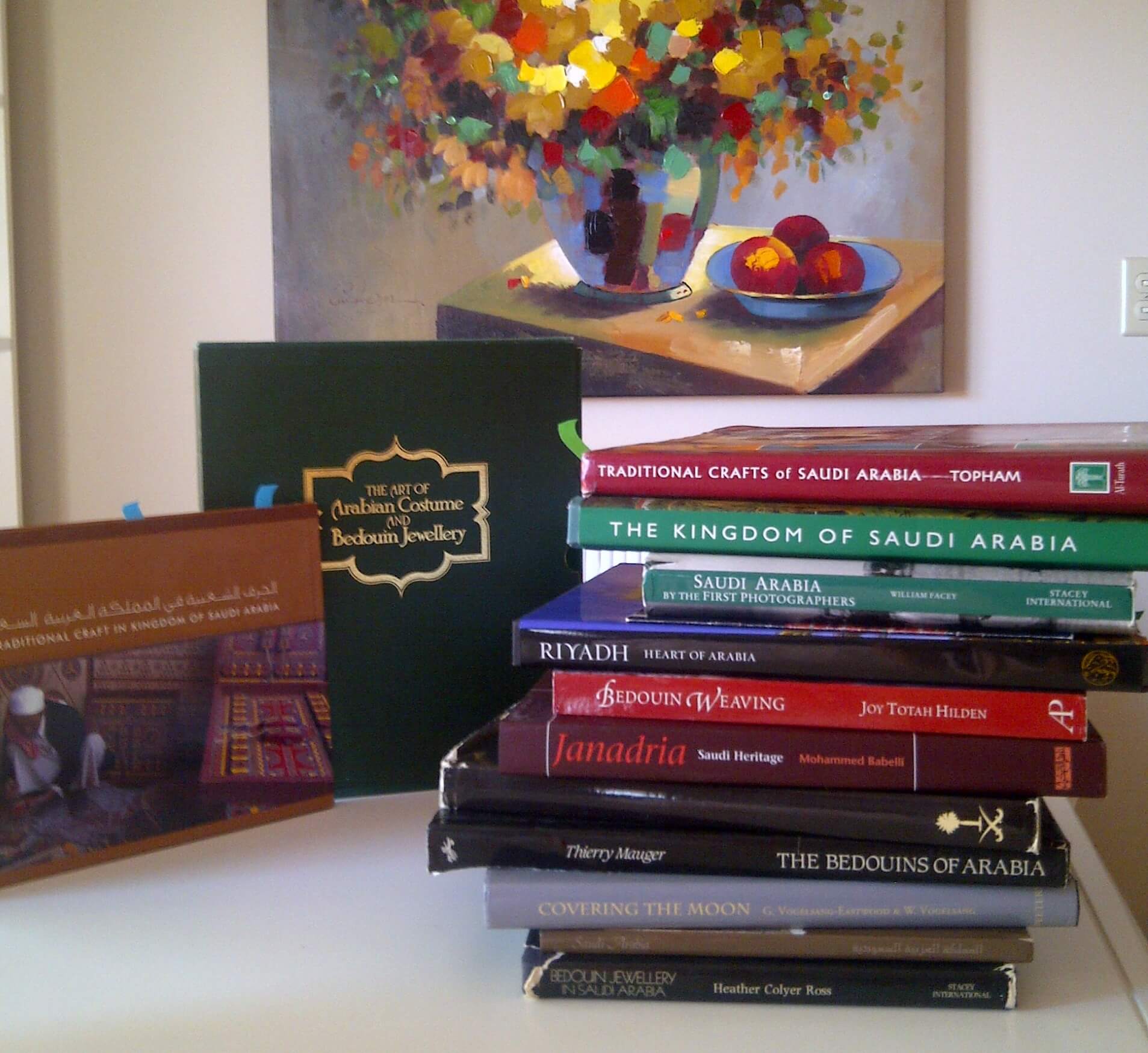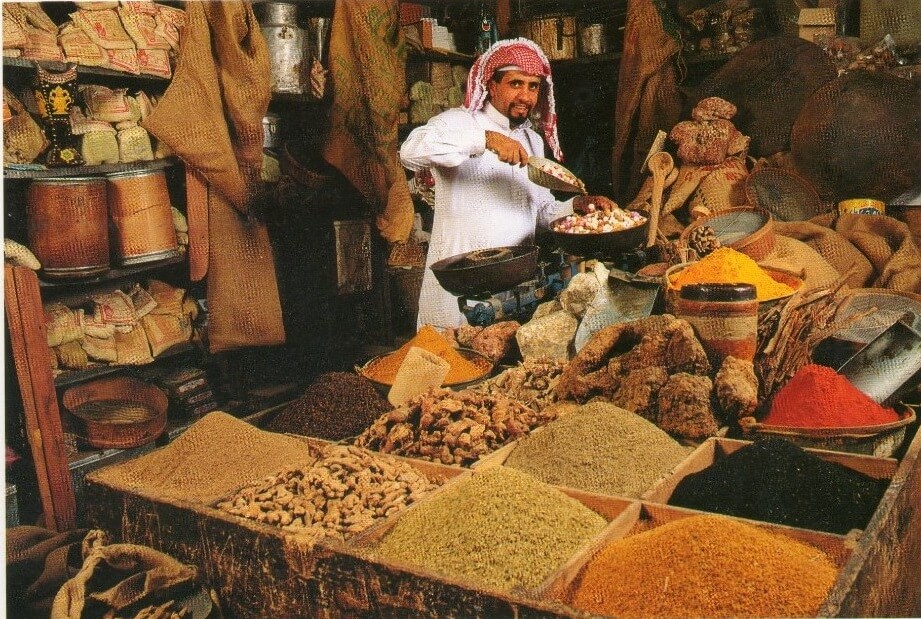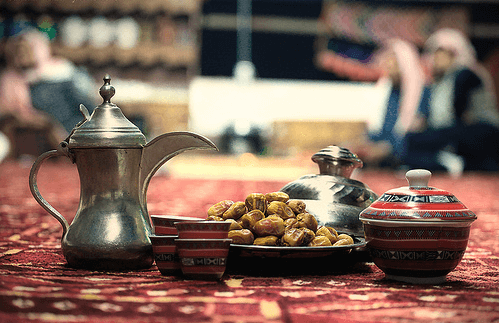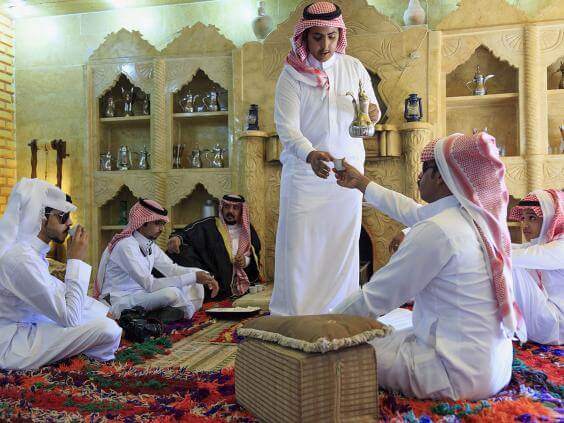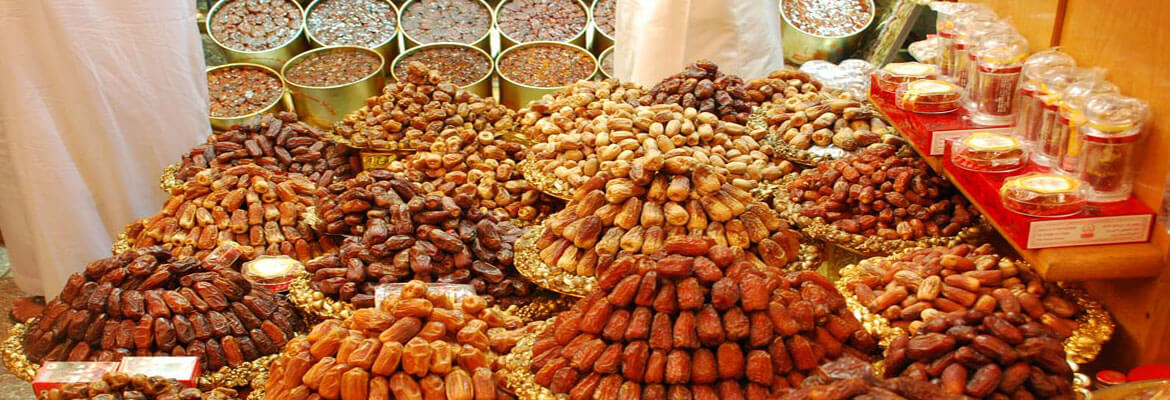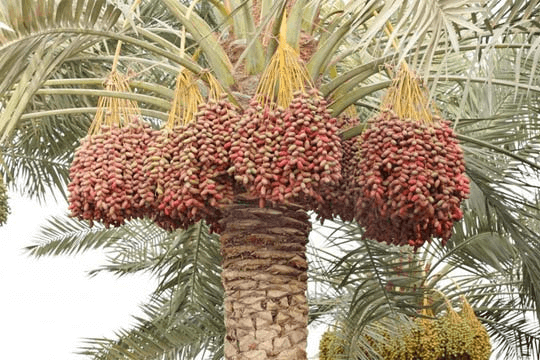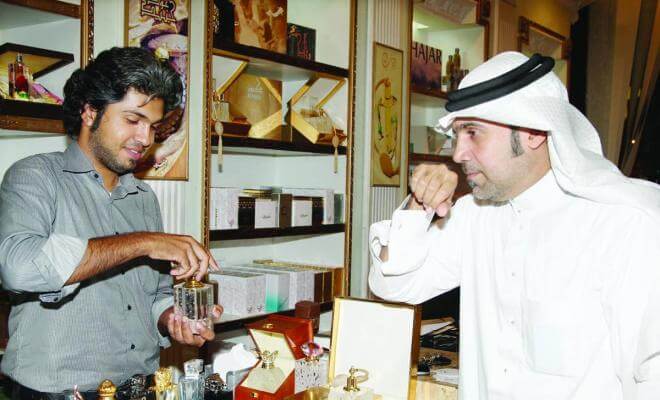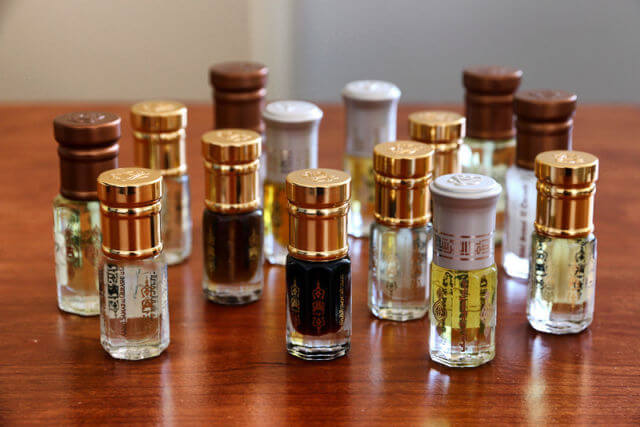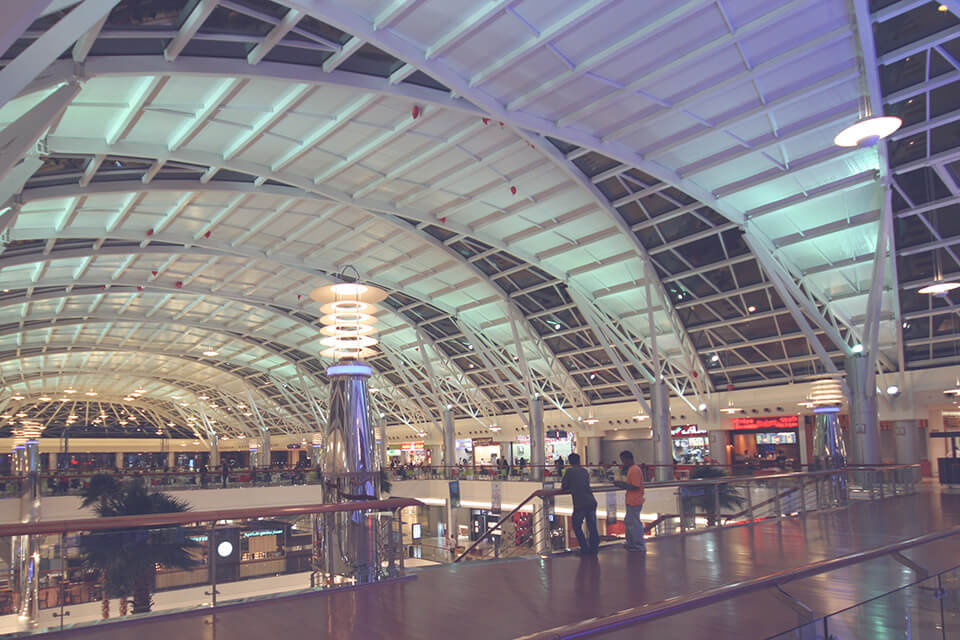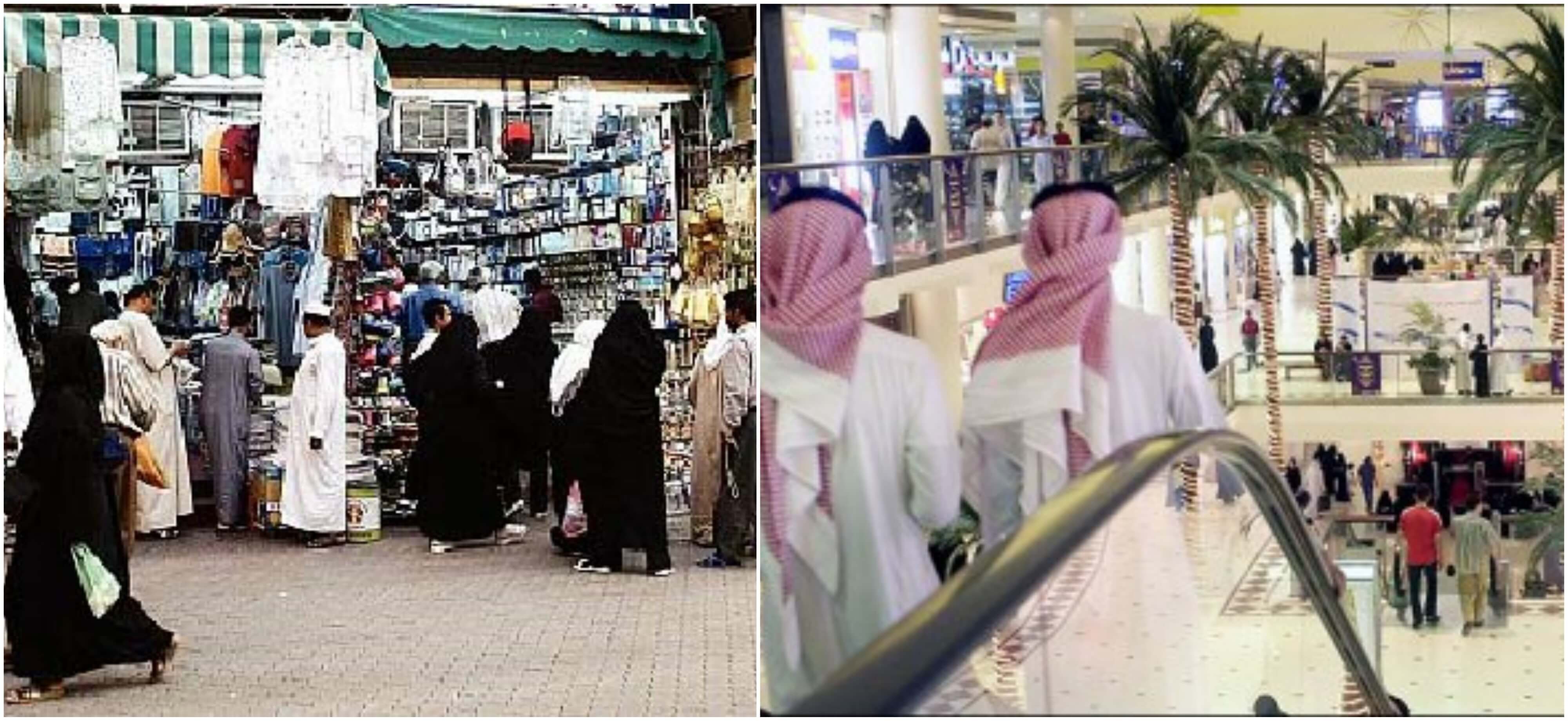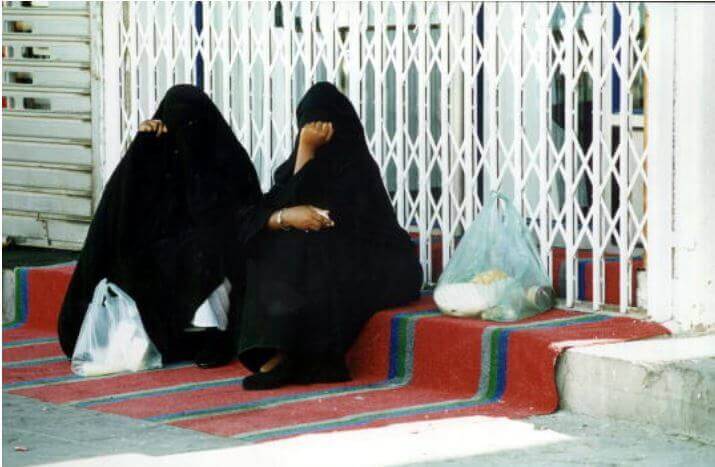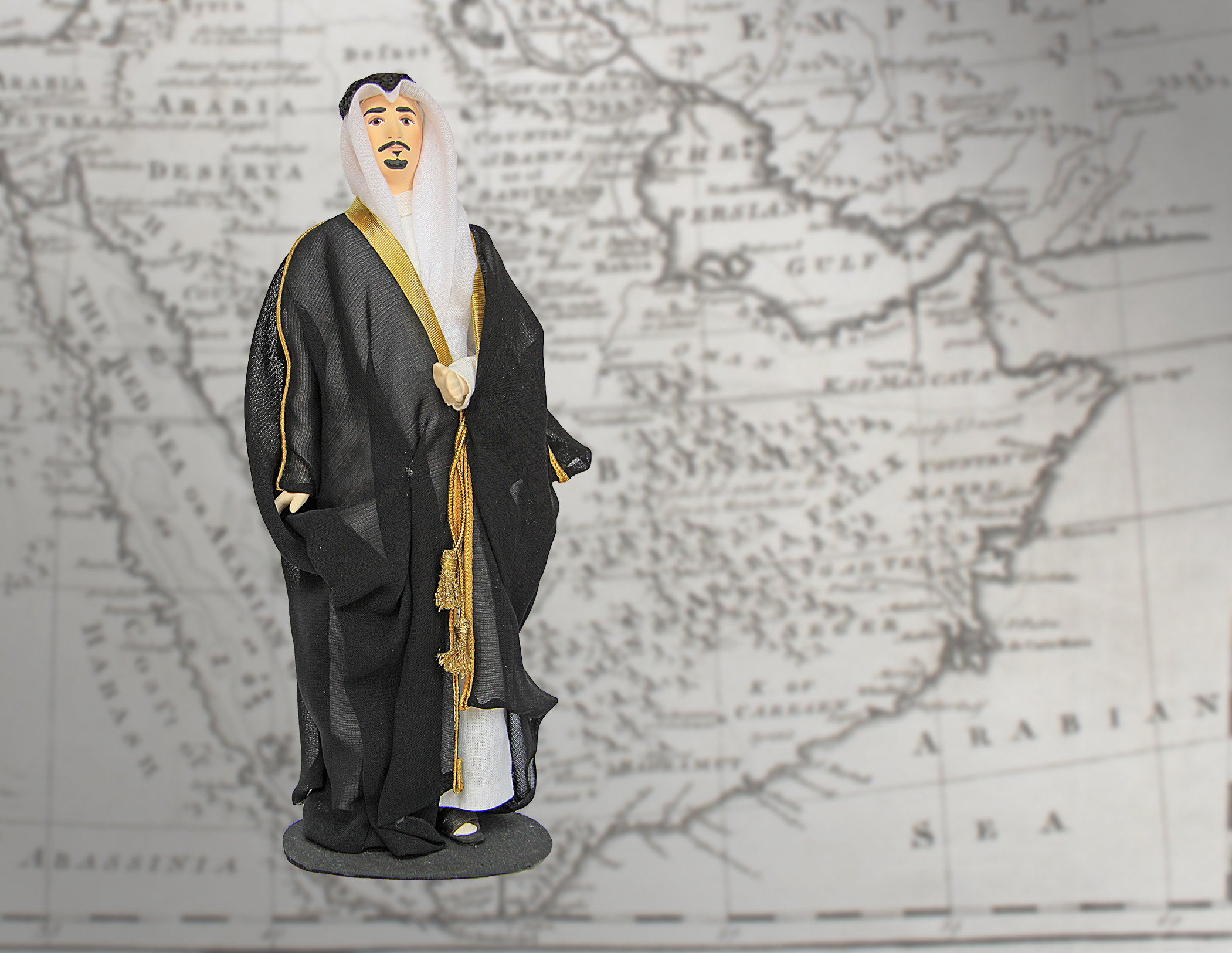Traditional urban men’s dress of Saudi Arabia
While some Saudi men have adopted “western” trends in fashion, the majority of the male urban population wears the traditionally designed garments, retaining the stunning feature of their rich Arabian heritage and national identity.
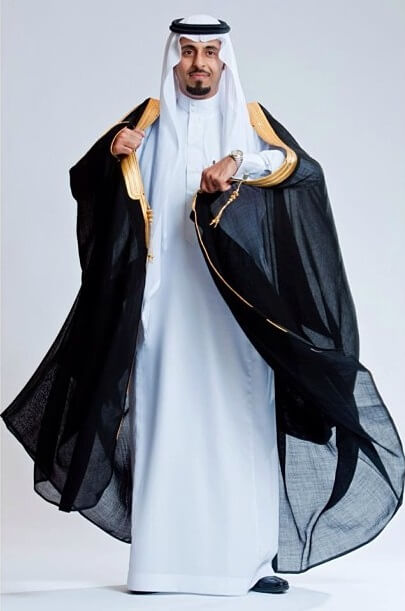
Traditional men’s outfit of Saudi Arabia
Saudi men traditionally wear full-length loose fitting garment with long sleeves called thobe. It is usually white, but occasionally you can see beige or other earth colors, especially during winter. It has a mandarin collar, although western shirt collars also occur.
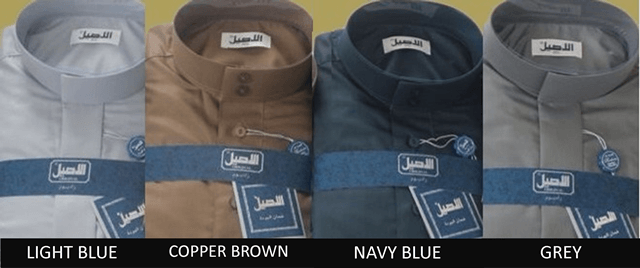
Saudi man’s thobe colors may vary from light blue to gray.
The design usually includes two deep pockets on the left and right sides, and one pocket on the chest. There is a high collar with a button, buttons or holes for cufflinks on the wrists, and a line of buttons in front.
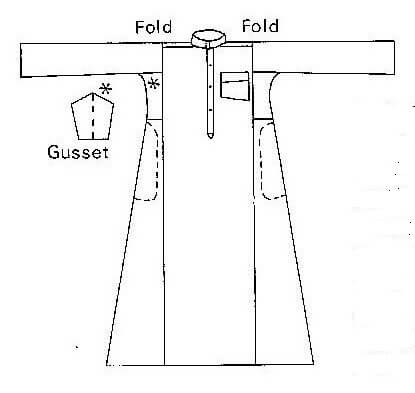
Standard cut of an Arab man’s thobe
Image source The Art of Arabian Costume book by Heather Colyer Ross
Air drawn in by the chimney effect circulates keeping the wearer cool during hot season. The fabrics may vary from cotton and lightweight wool in winter, to inexpensive polyester ones.
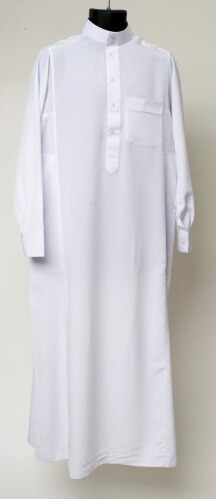
Saudi man’s white thobe
Long roomy underpants (sirwaal) are worn underneath the thobe.
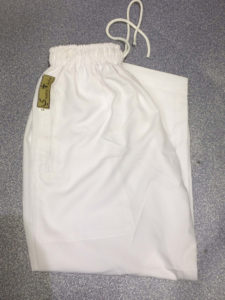
Saudi man’s long sirwaal or underpants with a drawstring.
The traditional Saudi men’s headgear consists of three items. The large white or red-and-white “checked” square of cotton material is called ghutra or shemagh (some sources suggest that ghutra is white and shemagh is the famous red-and-white scarf, but I can’t be sure). It’s folded diagonally into a triangle and placed on top of a white small skull cap (taqiyah).
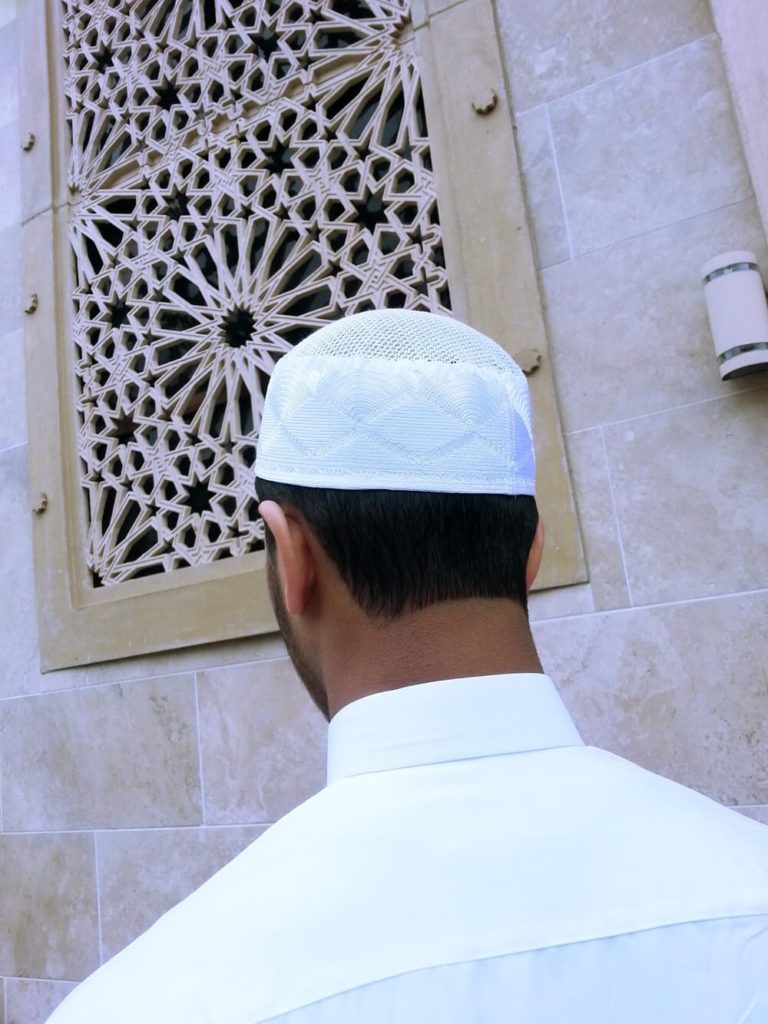
http://darulkutub.co.uk
Image source unknown
Taqiyah is made of soft cotton and often embroidered, crocheted or knitted. It helps to hold ghutra in place, but also keep natural hair oils from spoiling the ghutra.
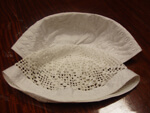
Saudi taqiyah skull cap
The ghutra is secured by an igal on top of the head. It’s a two-loop coil of black braided cord, heavy and coarse enough to keep a grip on the ghutra and prevent it from slipping. The diameter of the igal is smaller than the head, thus the weight is essential to hold the igal centered on top of the head. This garment was originally used to hobble camels or cattle, and back in time it was made of tightly woven black goat-hair and sheep’s wool.
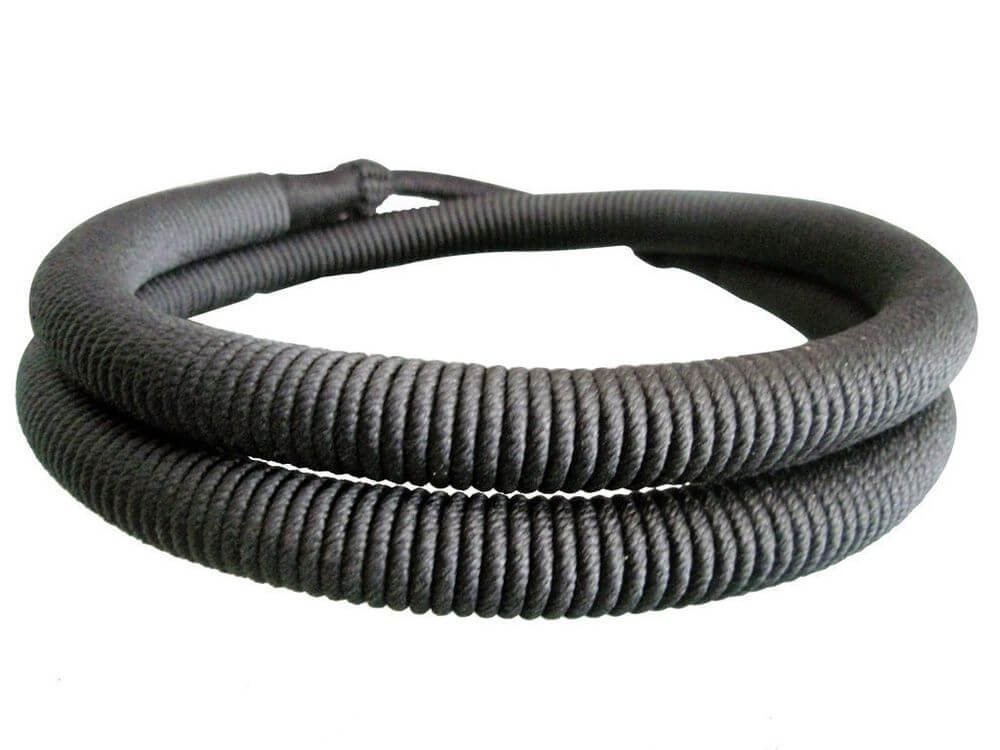
Saudi Arabian igal
There is a modern way to make igals using machinery. Here white thick cotton thread is being stretched between the hooks, to be braided with black rope after.
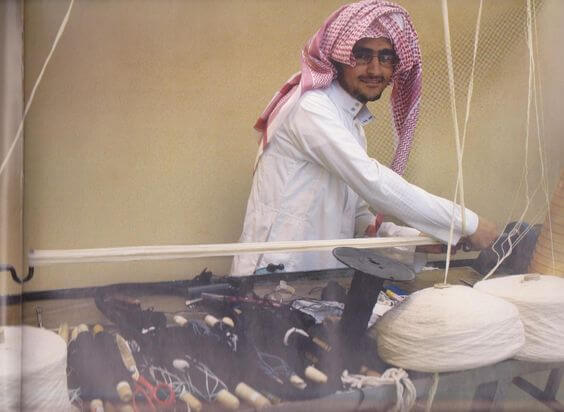
Automation in igal making
Image source unknown, I found it on pinterest.
Some igals are still being made traditionally by hand.

Image source unknown, I found it on pinterest.
Speaking about the pattern of the red-and-white ghutra, it is unclear where the pattern comes from. Some sources claim it arrived just a few decades ago from England, others say the checkered pattern has its origin in an ancient Mesopotamia, being a symbol for fishing nets. Who knows?
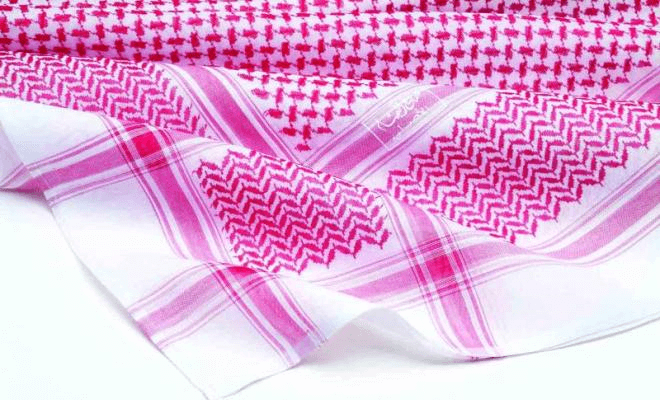
Red-and-white Saudi shemagh pattern.
Covering the head is a daily routine for Arabs since older times, as ghutra served as protection from the sun and during sand storms (and it still does). Nowadays this headgear is looked at as a marker of identity for an Arab man.
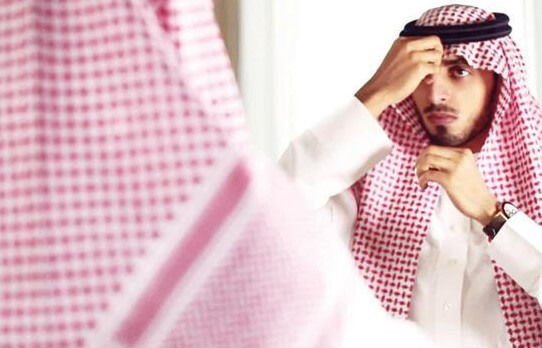
Saudi Arab fixing his shemagh
What you can see in the above photo is a man fixing the tip of the shemagh, which is supposed to form a sharp angle symbolizing eagle beak. Styling a shemagh is pretty much the equivalent of choosing which knot to tie a western tie in.
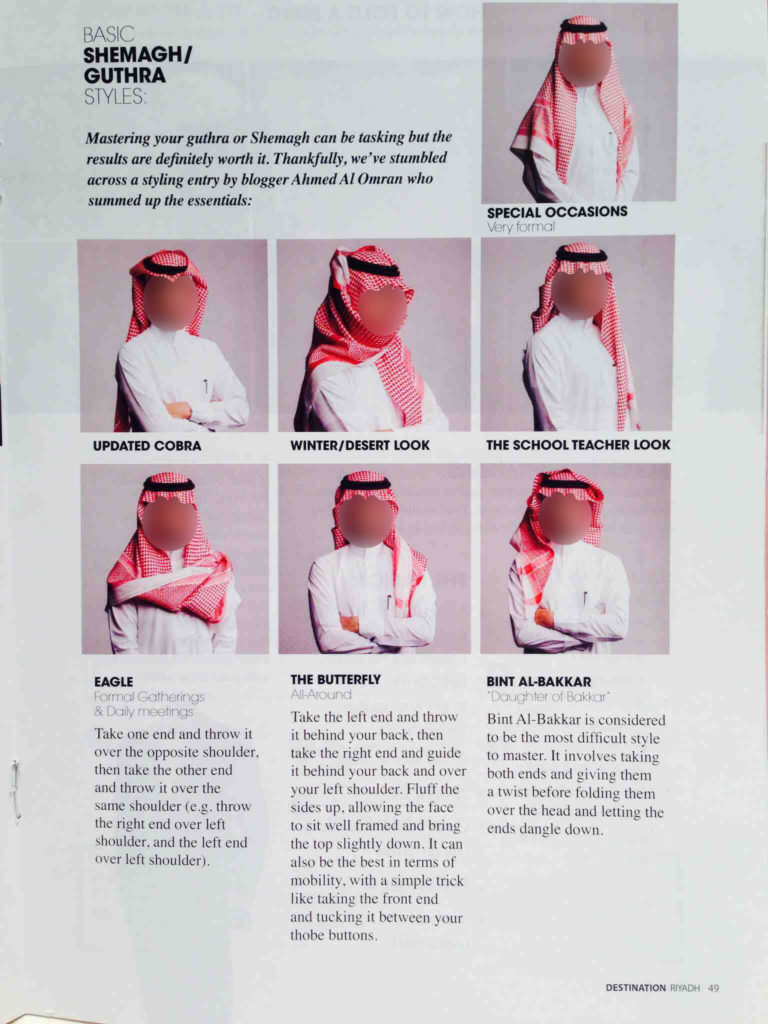
Styles to wear a shemagh.
Image source Destination Riyadh magazine
There are stores in Saudi Arabia that sell only headgear accessories for men.
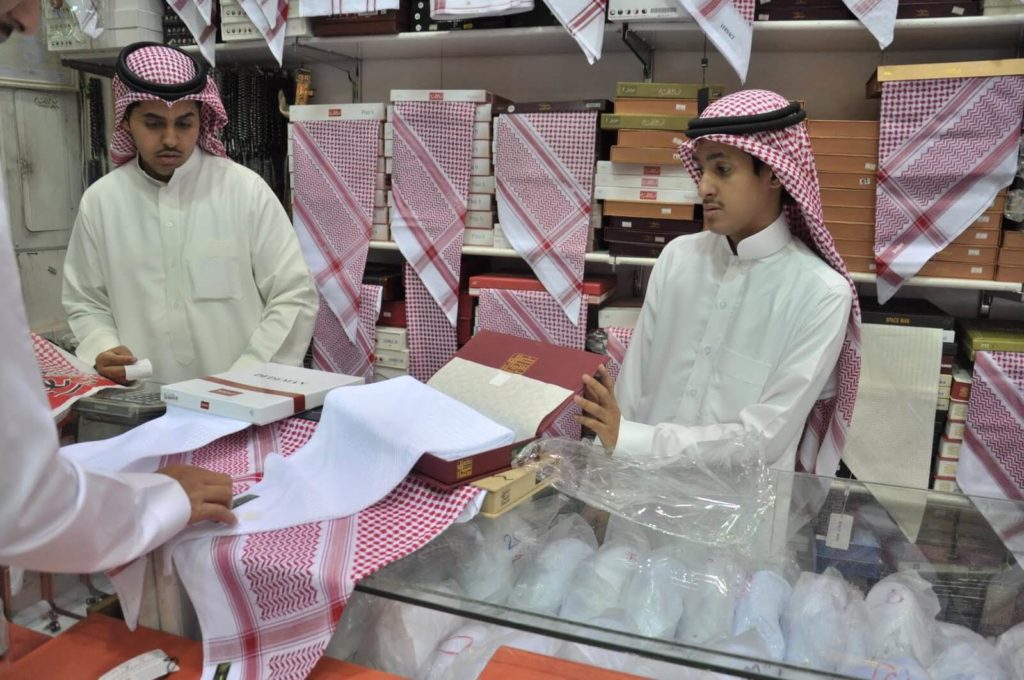
In a shemagh store. The choices are endless.
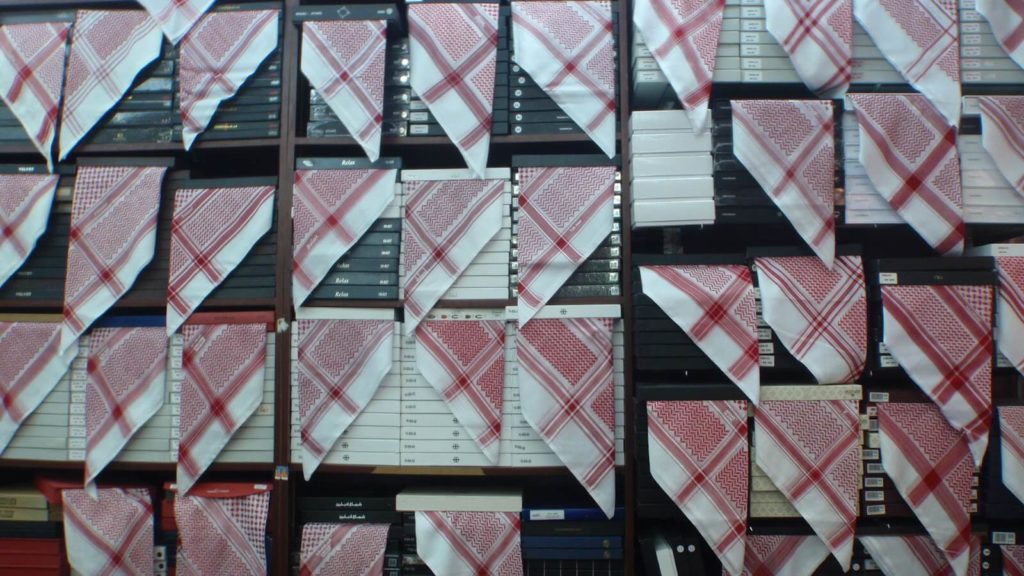
Same same but different. Slightly different patterns of red-and-white shemagh in a Saudi store.
Image source unknown
This outfit is completed with traditional sandals that have a characteristic design worn throughout Arabia.
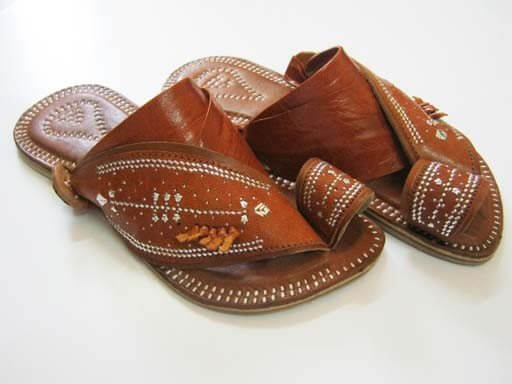
Traditional Saudi sandals
Although these sandals look bulky, they are quite comfortable and can be worn year around due to favorable climate in Saudi Arabia. Originally they were made of camel skin soles and goat skin upper parts, dyed or embroidered, all hand sewn and greased with fat for protective coating.

